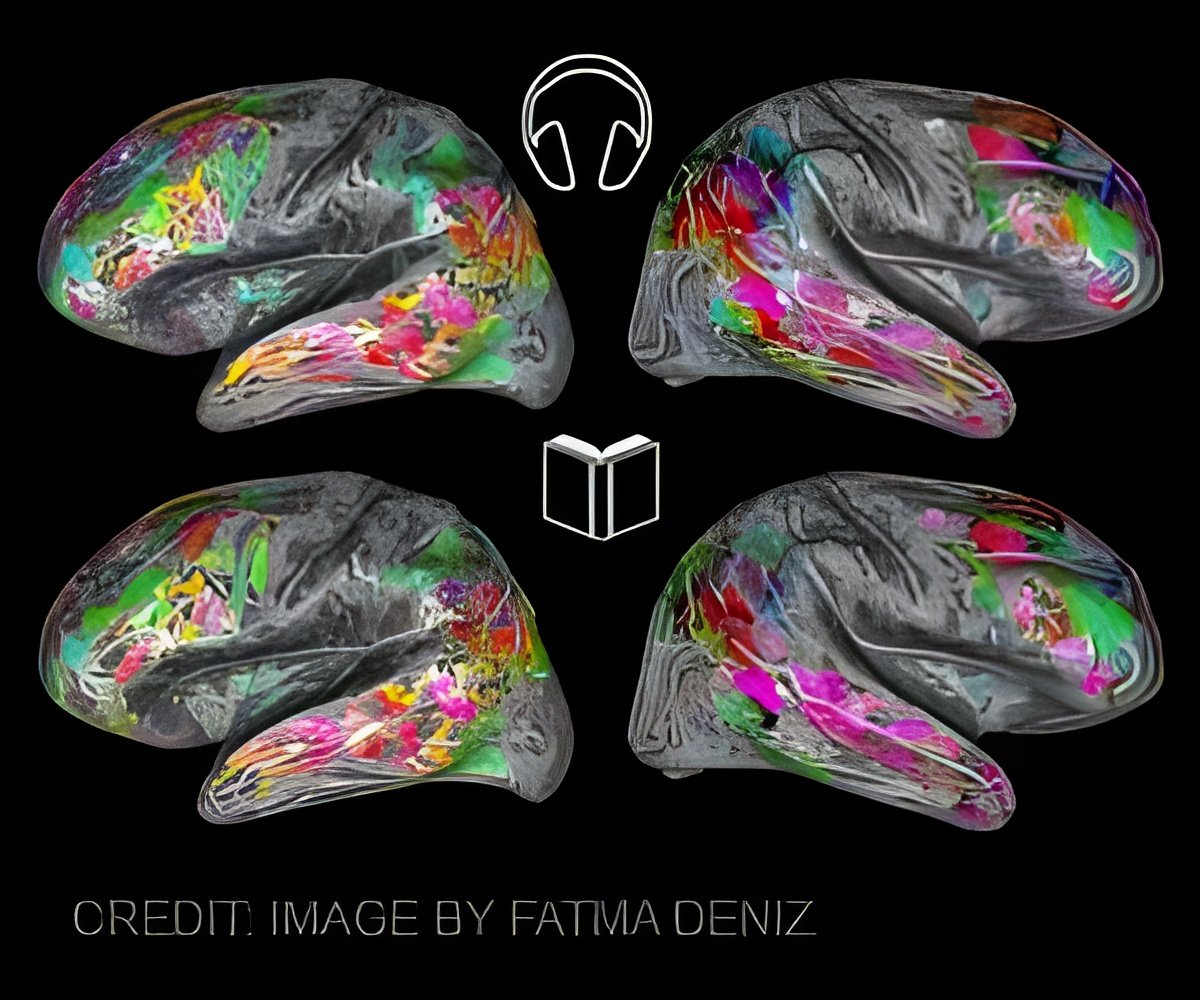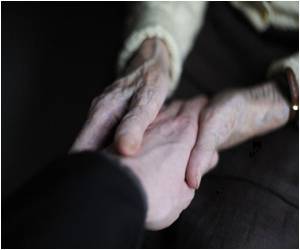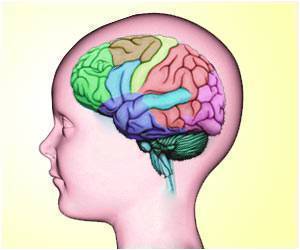A fruit fly model of a rare, neurodegenerative disease is helping researchers trace the series of steps that lead to neuronal cell death.

‘The newly developed genetic model has yielded new insights into what happens when astrocytes go awry. Researchers narrowed in on the molecular signals leading to neuronal cell death, and identifyied nitric oxide as a critical mediator.’





The team verified their results in a mouse model and also found evidence of activation of the same pathway in samples from patients with Alexander disease.
Corresponding author Mel B. Feany, a senior pathologist in the BWH Department of Pathology, said, "We're excited to be contributing to a growing area of study of how astrocytes contribute to neurodegeneration, and to have uncovered a role for NO as a neuronal cell death signaling molecule. Our findings define a potential mechanism for neuronal cell death in Alexander disease and possibly other neurodegenerative diseases with astrocyte dysfunction."
Source-Eurekalert









